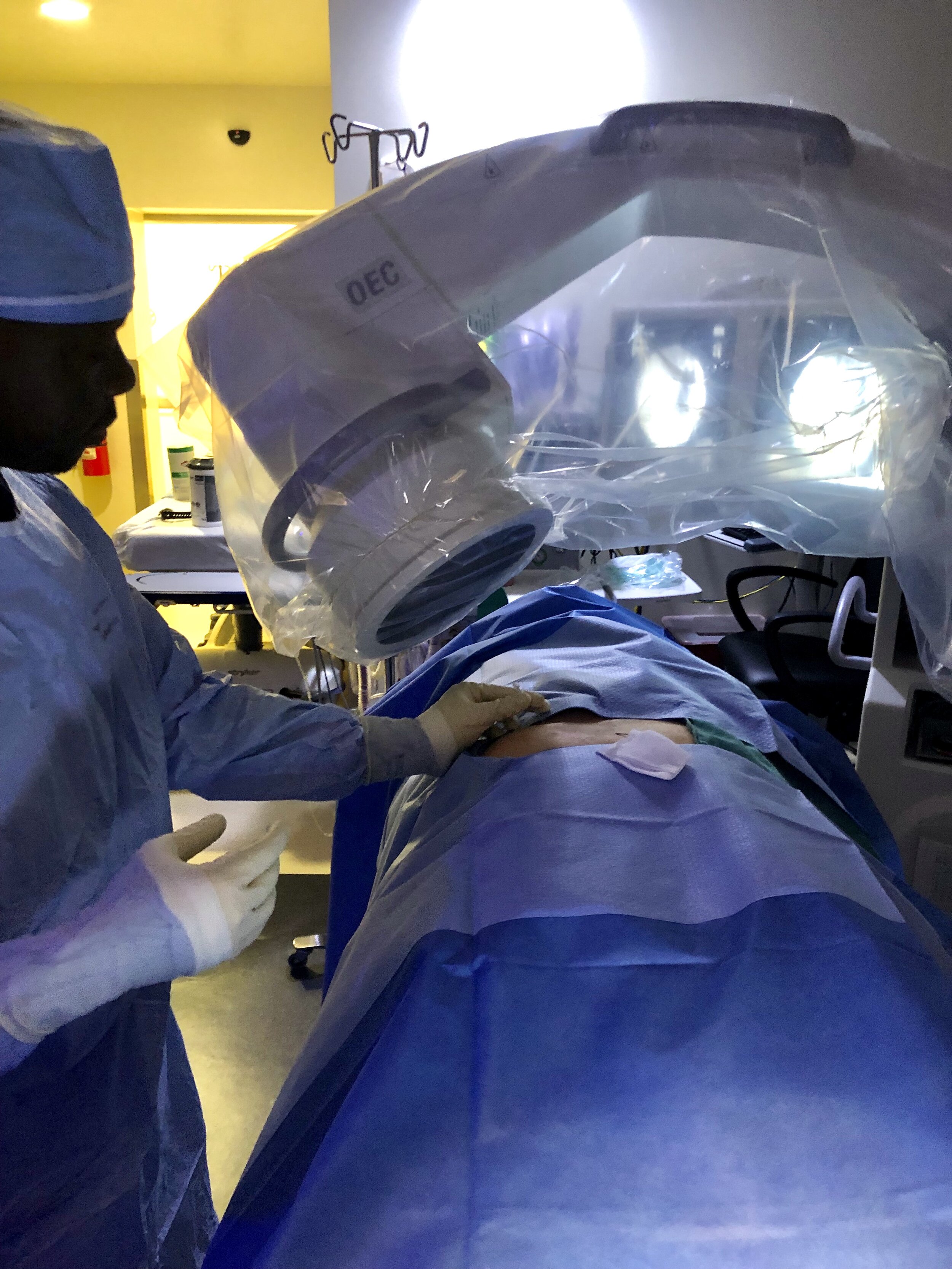Who and what are good candidates for regenerative medicine?
Candidates for regenerative medicine vary from younger athletes to middle age and older people. I have done platelet rich plasma (PRP) and bone marrow injection aspiration concentration on teenagers with chronic tendinitis that failed years of conservative treatment. PRP has been shown to be effective in the treatment of knee osteoarthritis and variety of tendon injuries such as lateral epicondylitis and rotator cuff tendinopathy. I have also had good results from PRP, bone marrow aspiration concentration, and lipoaspirate in the treatment of shoulder, knee, and hip osteoarthritis.
In general, candidates for regenerative care are patients that have failed conservative treatment, are poor surgical candidates, or are people who would like to delay other invasive treatments such as surgery.
Conditions that make someone a good candidate for regenerative medicine:
• Failed conservative treatment – People who have had invasive and surgical treatments but did not do well can be excellent candidates for regenerative medicine.
• Limited time off work/sports – Because regenerative medicine therapies are minimally invasive and are typically performed in an out-patient treatment, recovery times are faster. People can be back to work in days not weeks, and athletes can get back to training in weeks, not months.
• Surgical contraindications – Surgery may not be an option for some injuries or diseases. The patient may not be a good candidate, or the surgery may be contraindicated in their condition.
• Limits risk of surgery – As I mentioned earlier, recovery times are short with regenerative therapies. The procedures are out-patient and minimally invasive, meaning there are far fewer risks than those associated with invasive surgery.
• Patient preference – It may well be that when given the option between conservative treatment and regenerative therapy, a patient may just prefer to have the regenerative therapy. Most insurance policies do not cover regenerative therapies, and patients with means may be more apt to choose the less invasive, less risky option.
Conditions that are good candidates for regenerative therapies:
• Mild to moderate knee OA – Osteoarthritis (OA) is the most common type of “wear and tear” arthritis. It occurs most frequently in the hands, hips, and knees. According to the CDC, “With OA, the cartilage within a joint begins to break down and the underlying bone begins to change. These changes usually develop slowly and get worse over time. OA can cause pain, stiffness, and swelling.” OA affects over 32.5 million US adults.
• Meniscus disease – The Mayo Clinic says, “A torn meniscus is one of the most common knee injuries. Any activity that causes you to forcefully twist or rotate your knee, especially when putting your full weight on it, can lead to a torn meniscus.” The meniscus is the cartilage that cushions your knees.
• Chronic tendinosis -- The tendons are fibrous tissues that attach your muscles to your joints. Tendinosis is a chronic condition involving the breakdown of collagen in the tendons. Tendinosis can occur in any tendon, but most often occurs in the tendons of the: heel, wrists, elbows, knees, or shoulder.
• Partial thickness tendon tears -- A partial thickness tendon tear is an incomplete tear of at tendon. These may be caused by traumatic in athletes. The more common partial thickness tears are seen in people over the age of 50 and may be chronic or related to minor trauma, such as a fall.
• Partial thickness ligament tears – Many partial thickness ligament tears can be treated by something as simple as a brace. Most ligaments heal by themselves with little intervention, but some tears, like in the knees, are hard to stabilize and are therefore good candidates for regenerative therapies.
It’s a misconception that regenerative therapies are only performed on elite athletes for career-interrupting injuries. Some of the most common injuries and diseases can be rectified using this revolutionary treatment.


